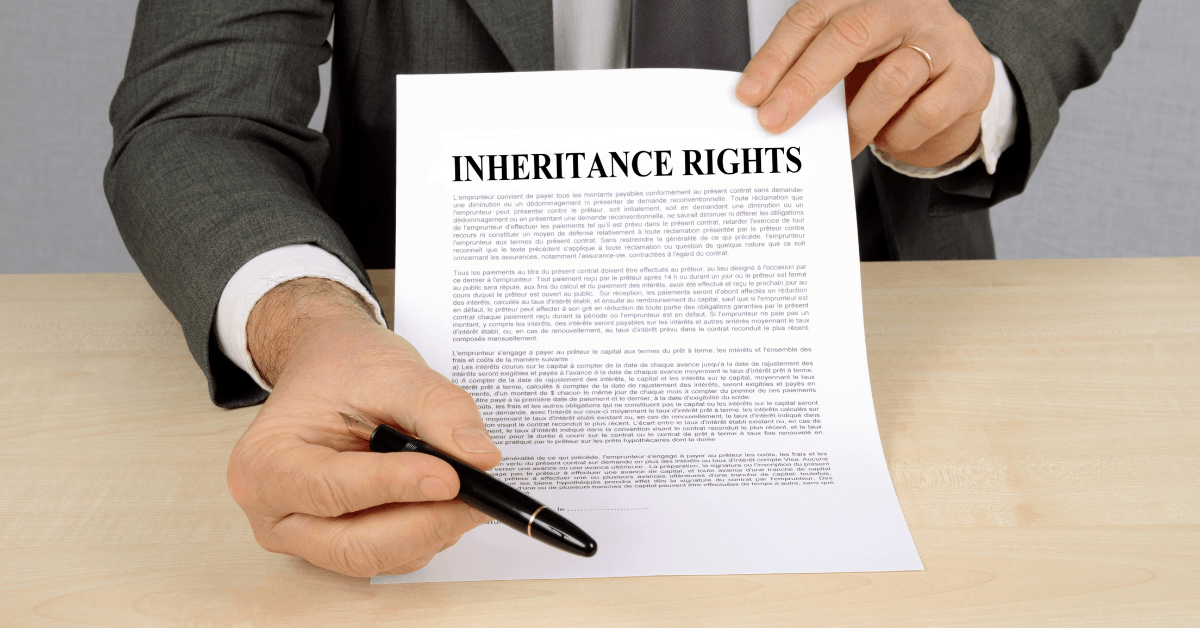[Landlords] Lease incentive clawbacks deemed unlawful in Australia
Back in October 2019, the Victorian Civil & Administrative Tribunal (VCAT) made a decision which casts doubt about the validity of lease clawback clauses. The Tribunal which seeks to resolve disputes between parties cited an earlier decision by the Queensland Supreme Court in its reasoning.
The earlier Queensland Supreme Court ruling was at the time thought to be an anomaly since the case contained many unique features which would not apply to other cases. But the latest VCAT ruling sets a precedent which questions the validity of landlord lease clawbacks. Especially those which punitively impact tenants.
What are incentive clawback clauses?
Incentive Clawbacks are incentive clauses where the initial "incentive" is paid to a tenant to lease a premises and are re-payed to the landlord in the case of early termination.
Where incentive clawbacks are usually found within commercial lease agreements. But other examples can be found in insurance companies, large organisations and even within the federal government.
Landlord’s often use lease incentive clawback provisions in the lease agreement in an attempt to ‘clawback’ fit-out costs and other incentives used to sign-up new tenants. Such incentives vary but examples include contributions to fit-out costs, a rent-free period during fit-out (rental abatement) or a reduction in rental costs until space has been fully utilised.
Clawback incentive are offered on the condition that tenants are required to repay the incentive (or a proportion of the incentive) should the lease be terminated early. The rationale behind such contracts is that the incentive was offered in exchange for the tenant covenant to occupy the property during the lease term.
By failing to complete the lease term the tenant has failed to fulfil his part of the contract. They should therefore be forced to repay all or part of the incentive as compensation. However, the recent VCAT decision now casts doubt on such contracts making it very difficult for landlords to claim back lease incentives in the future.
Queensland Supreme Court says clawbacks amount to a penalty
The original judgement was set during a 2014 case between GWC Property Group Pty Ltd and Higginson & Ors.
GWC Property Group Pty Ltd V Higginson & Ors: Key Takeaways
The case centred around an incentive clawback clause which was written into the lease agreement which stated that the tenant (Higginson & Ors) would have to repay all or part of the landlord's fit-out contribution. This clause would be enacted if lease is terminated for any reason other than the landlord's default.
Such a case should have been straight forward. However, in its judgement, The Queensland Supreme Court deemed this particular clawback clause to be excessive, effectively amounting to a penalty. Such a clause was therefore not enforceable and the court ruled in the tenants’ favour.
In summary of the case, the court stated that it had applied a relevant test to ascertain whether the incentive clawback clause was deemed to be “extravagant and unconscionable” in amount and out of all proportion compared to the loss suffered by the landlord (GWC Property Group Pty Ltd).
Following the judgement, the court stressed that granting such incentives to the landlord would have put them at a great advantage. The impugned clauses would have in effect allowed them to profit from the deal and put them in a stronger position than if the lease had run its course.
The court did acknowledge, however, that the landlord could claim for the cost of reinstating the premises back to their original condition. And for the loss of rental income until the property had been re-let to a new tenant. But the rent-free period negotiated with the tenant was deemed to be the price the landlord paid to secure the deal.
Victoria refuses landlords rights to clawback incentives
Fast forward to October 2019 and the validity of a similar clawback clause was considered by senior members of VCAT.
The case was brought between Finetea Pty Ltd and Block Arcade Melbourne Pty Ltd. As part of an incentive to secure the lease, the landlord (Finetea Pty Ltd) had agreed to a rent-free period and a cash contribution to the tenant's fit out costs (Block Arcade Melbourne Pty Ltd).
A clawback clause was subsequently written into the lease contract which required the tenant to repay a proportion of the incentive in the case of early termination of the lease. After the venture failed the landlord claimed for a rent credit of $335,000 and contribution to the fit-out costs of $200,000.
During its assessment of the case, VCAT members utilised the same “extravagant and unconscionable” test used in Queensland. After the test was applied the tribunal ruled in favour of the tenant and refused to allow the landlord to claim back any incentives used to secure the lease.
In summary, VCAT Member R Walker said; “The Landlord now seeks an order that, in addition to those damages, it should receive back the value of these incentives. That is “extravagant and unconscionable in amount” and out of all proportion to the damage it has suffered. To allow such a claim would be to enforce a penalty.”
In applying the ruling the VCAT Tribunal members further stressed that allowing the landlord to claim back incentives would result in a double recovery thereby unfairly punishing the tenant.
What does this mean for landlords?
While the above cases do not constitute a change in the law, they do create uncertainty about the validity of such clawback clauses. In future, it would suggest that such clauses will be very difficult to endure through the courts and be unenforceable.
While the original GWC Property Group Pty Ltd vs Higginson & Ors case was initially seen as an anomaly. The VCAT ruling sets a precedent which waters down that argument. At the very least courts will seek to use the same test to ascertain whether the level of damages sought is extravagant and unconscionable.
Such rulings also make it more likely that tenants will challenge the validity of clawback clauses in future. This is especially pertinent at the moment as retailers across the country struggle to recover from the economic turmoil caused by the Coronavirus (COVID-19).
Landlords should therefore carefully consider the commercial implications of any incentives offered to tenants in an effort to secure a lease. Because, the recovery of any payments or incentives which were otherwise not payable if the lease took its term are unlikely to be viewed favourably by the courts.
In other words, by adding lease incentive provisions to a commercial lease agreement, the landlord would not guarantee the financial reimbursement of the provided incentive in the case where the tenant needs early termination.
How to add safely add clawback provisions to your commercial lease agreement?
Since incentive clawback are likely unenforceable in court it's even more important to seek professional advice on the provisions you would like to add in case the tenant does breach the lease agreement.
Contact KMB Legal to ensure your clawback provisions are within the law's definition of fair and not excessive, but still doesn't leave you in a less than favourable financial situation.
To learn more about lease incentive clawbacks, please book a free consultation with KMB Legal so you know what your legal rights are as a commercial property owner.





